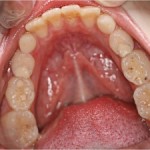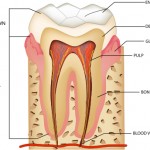
This review of the literature looked at issues relating to the development of haptic exploratory strategies in children who have visual impairment and learning disabilities. Haptic perception refers to the recognition of objects through touch, involving the perception of patterns such as edges, curves and textures, whereby people can identify three-dimensional objects by moving their [read the full story…]







